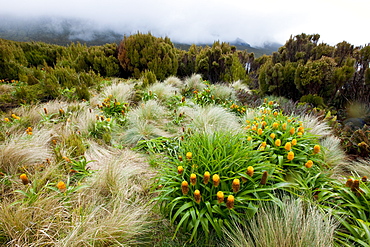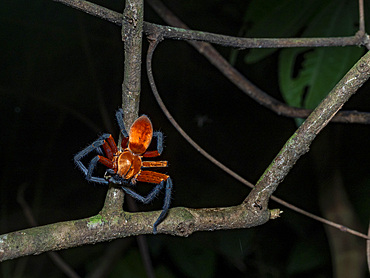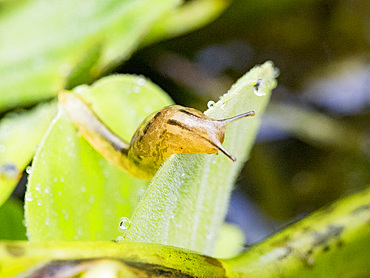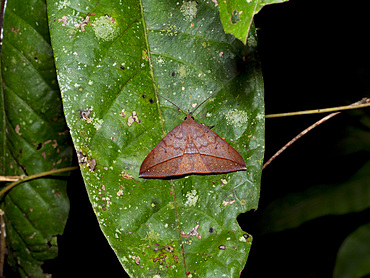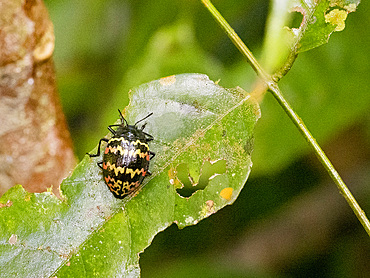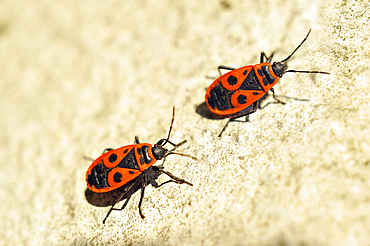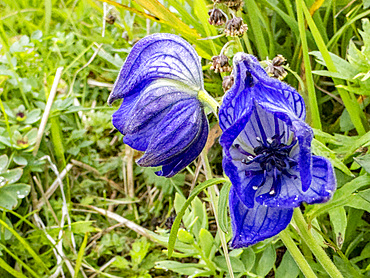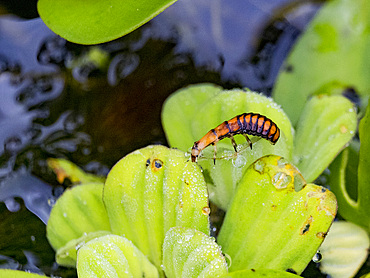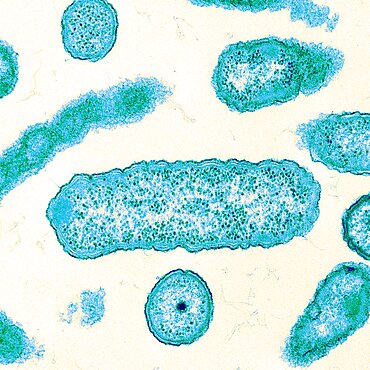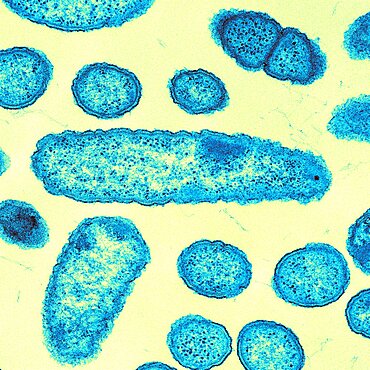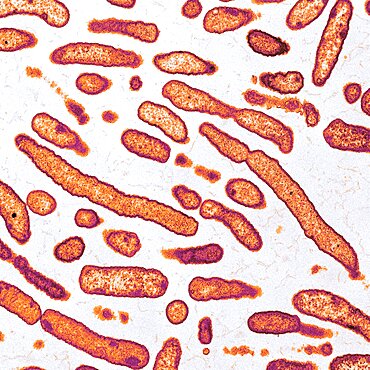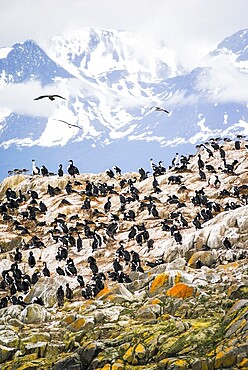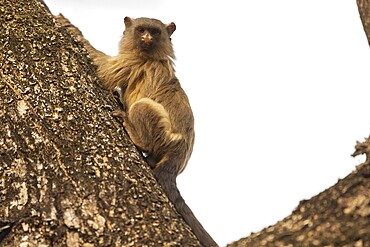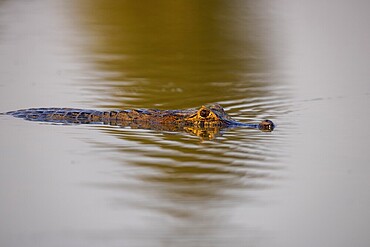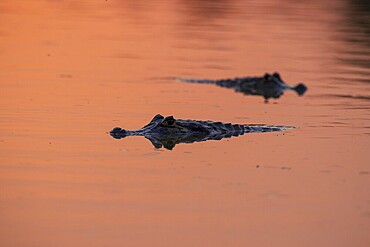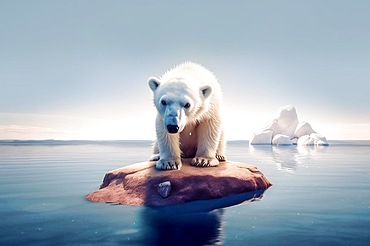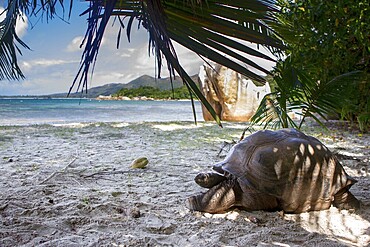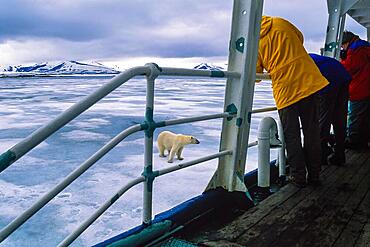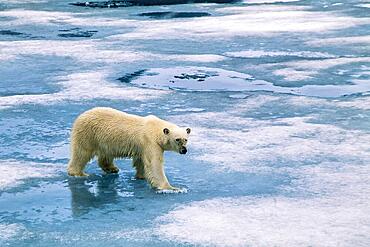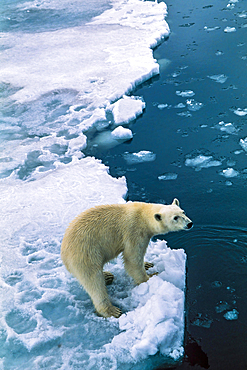Results
57 results found
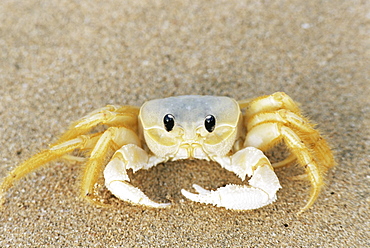
Ghost crab also known as sand crab, Genus ocypode, Parque Nacional de Fernando de Noronha, Fernando de Noronha, Pernambuco, Brazil, South America
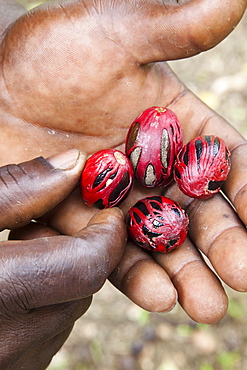
Nutmeg, from the tree genus Myristica, with mace covering the seed, in palm of a man's hand, Grenada, West Indies, Caribbean, Central America
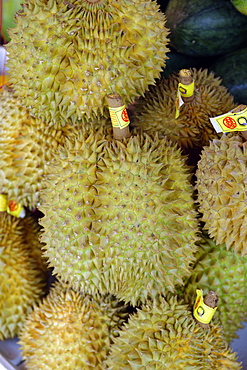
The durian, fruit of several tree species belonging to the genus Durio and the Malvaceae family, Republic of the Union of Myanmar (Burma), Asia
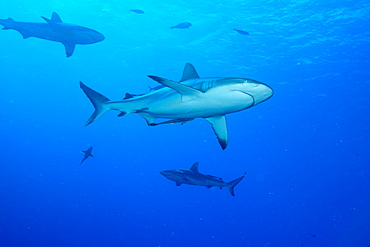
Whitetip reef shark (Triaenodon obesus) is a requiem shark in the genus Carcharinidae, Queensland, Australia, Pacific
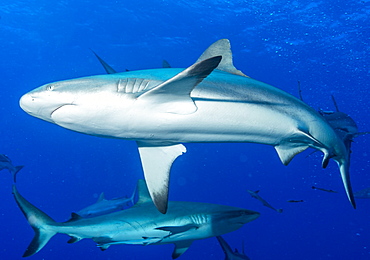
Whitetip reef shark (Triaenodon obesus) is a requiem shark in the genus Carcharinidae, Queensland, Australia, Pacific
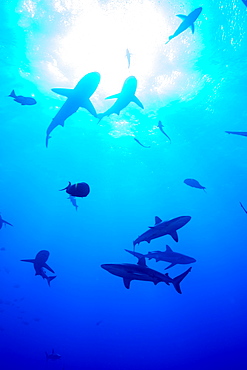
Whitetip reef shark (Triaenodon obesus), a requiem shark in the genus Carcharinidae, Queensland, Australia, Pacific
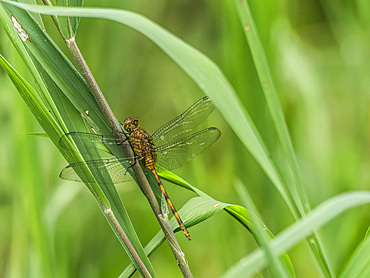
Pondhawks from the Genus Erythemis, on a leaf in the undergrowth within the Pacaya Samiria Preserve, Peru.

Adult armored millipede, Genus Barydesmus, crawling in the undergrowth within the Pacaya Samiria Preserve, Peru.
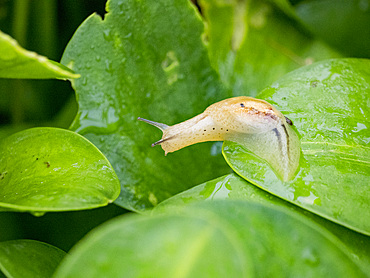
An adult amber snail, Genus Omalonyx, on a leaf during the day within the Pacaya Samiria Preserve, Peru.
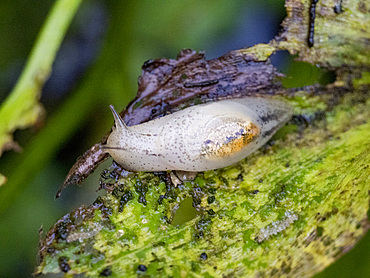
An adult amber snail, Genus Omalonyx, on a leaf during the day within the Pacaya Samiria Preserve, Peru.
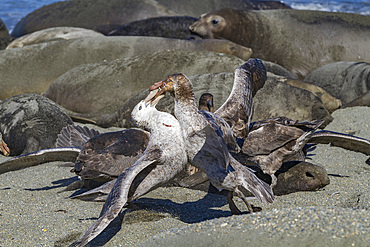
Northern giant petrels (Macronectes halli) fighting over the scavenging rights to a dead elephant seal pup at Royal Harbor, South Georgia

A night blooming columnar cactus from the Genus Cereus at Pouso Allegre, Mato Grosso, Pantanal, Brazil, South America
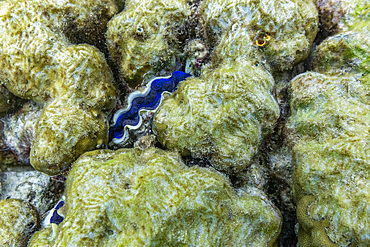
The beautiful mantle of a giant clam, Genus Tridacna, underwater on the island of Misool, Raja Ampat, on Papua, Indonesia
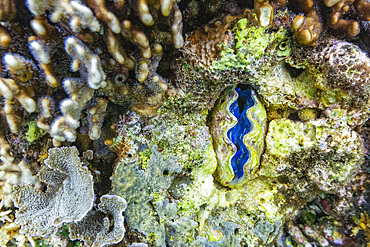
The beautiful mantle of a giant clam, Genus Tridacna, underwater on the island of Misool, Raja Ampat, on Papua, Indonesia
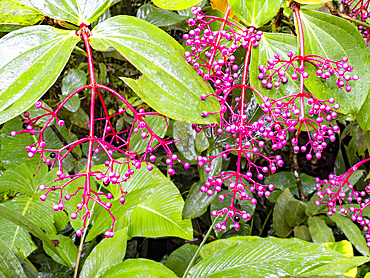
Medinilla formosana, Medinilla is a genus of flowering plants in the family Melastomataceae, Sabah, Malaysia.
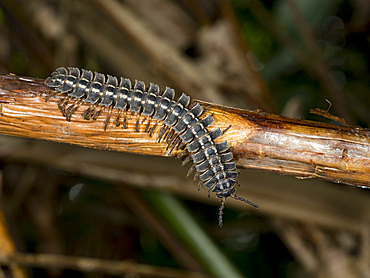
Adult armored millipede, Genus Barydesmus, crawling in the undergrowth within the Pacaya Samiria Preserve, Peru.
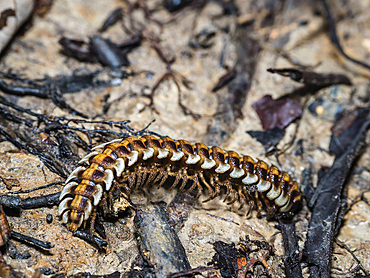
Adult armored millipede, Genus Barydesmus, crawling in the undergrowth within the Pacaya Samiria Preserve, Peru.
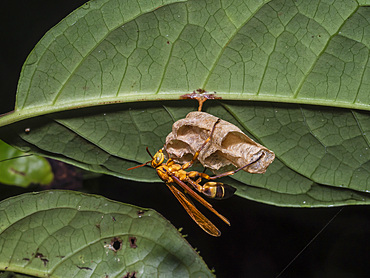
A paper wasp, Genus Pachymenes, building a nest during the day within the Pacaya Samiria Preserve, Peru.
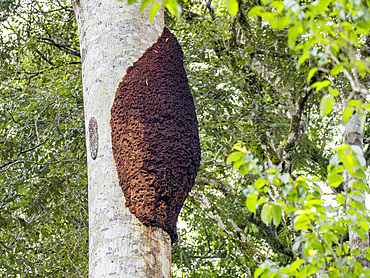
A cecropia ant nest, Genus Azteca, on a tree during the day within the Pacaya Samiria Preserve, Peru.
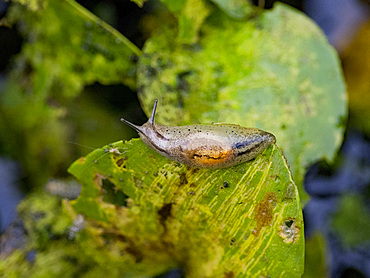
An adult amber snail, Genus Omalonyx, on a leaf during the day within the Pacaya Samiria Preserve, Peru.

An argonaut (Genus Argonauta), a group of pelagic octopuses. Baja California, Sea of Cortez, Mexico, North America
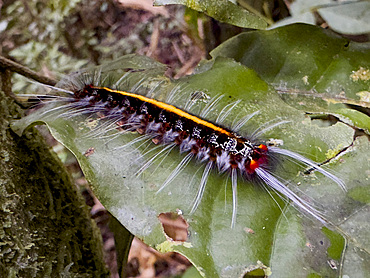
Caterpillars from the Genus Zanola, on a tree in the undergrowth within the Pacaya Samiria Preserve, Peru.
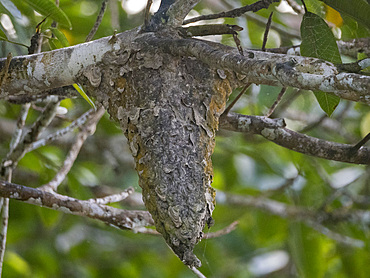
A cecropia ant nest, Genus Azteca, on a tree during the day within the Pacaya Samiria Preserve, Peru.
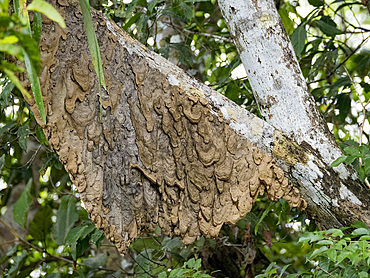
A cecropia ant nest, Genus Azteca, on a tree during the day within the Pacaya Samiria Preserve, Peru.
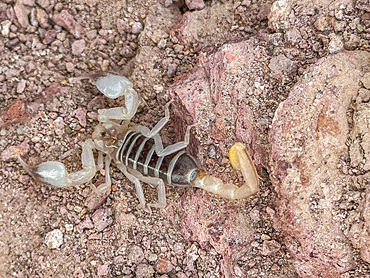
A scorpion (Genus Paruroctonus), near Los Gatos, Baja California Sur, Sea of Cortez, Mexico, North America

Giant Tridacna clams, genus Tridacna, in the shallow reefs off Sauwaderek Village Reef, Raja Ampat, Indonesia, Southeast Asia, Asia
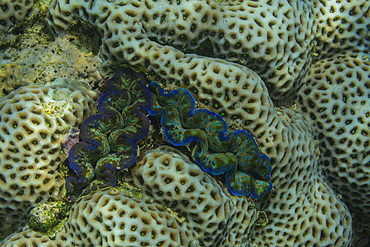
Giant Tridacna clams, genus Tridacna, in the shallow reefs off Bangka Island, off the northeastern tip of Sulawesi, Indonesia, Southeast Asia, Asia
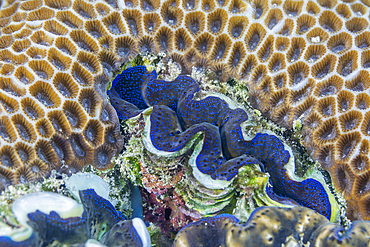
Giant Tridacna clams, genus Tridacna, in the shallow reefs off the Equator Islands, Raja Ampat, Indonesia, Southeast Asia, Asia

Giant Tridacna clams, genus Tridacna, in the shallow reefs off the Equator Islands, Raja Ampat, Indonesia, Southeast Asia, Asia
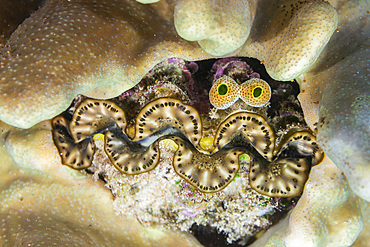
Giant Tridacna clams, genus Tridacna, in the shallow reefs off Bangka Island, off the northeastern tip of Sulawesi, Indonesia, Southeast Asia, Asia
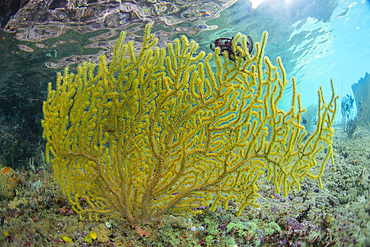
A sea fan from the genus Acanthogorgia, on Freewin Wall, near Waigeo Island, Raja Ampat, Indonesia, Southeast Asia, Asia
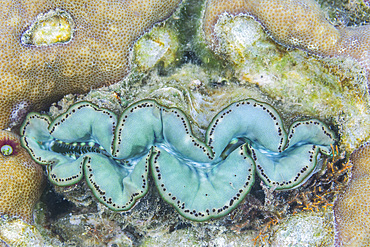
Giant Tridacna clams, genus Tridacna, in the shallow reefs off Kawe Island, Raja Ampat, Indonesia, Southeast Asia, Asia
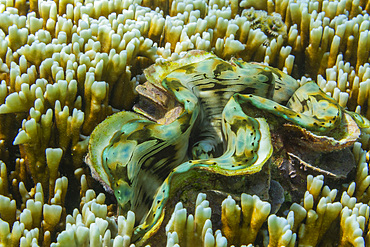
Giant Tridacna clams, genus Tridacna, in the shallow reefs off Port Airboret, Raja Ampat, Indonesia, Southeast Asia, Asia
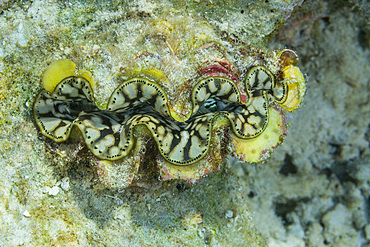
Giant Tridacna clams, genus Tridacna, in the shallow reefs off Port Airboret, Raja Ampat, Indonesia, Southeast Asia, Asia
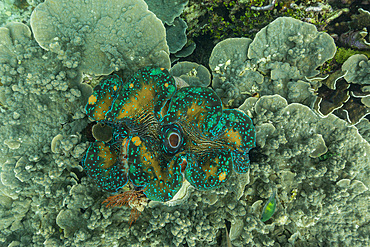
Giant Tridacna clams, genus Tridacna, in the shallow reefs off Wayag Bay, Raja Ampat, Indonesia, Southeast Asia, Asia
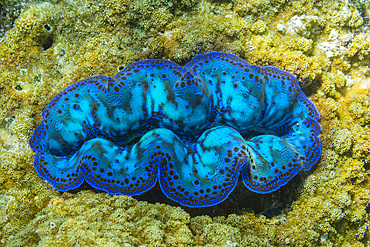
Giant Tridacna clams, genus Tridacna, in the shallow reefs off Port Airboret, Raja Ampat, Indonesia, Southeast Asia, Asia

Genus Alticus jumping amphibious fish (rockskippers, leaping blennies). Siau, Sangihe Archipelago, North Sulawesi, Indonesia

Giant Tridacna clams, genus Tridacna, in the shallow reefs off the Equator Islands, Raja Ampat, Indonesia, Southeast Asia, Asia
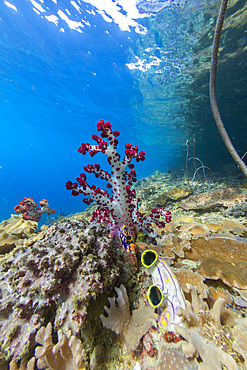
Soft coral from the Genus Scleronephthya in the shallow waters off Waigeo Island, Raja Ampat, Indonesia, Southeast Asia, Asia
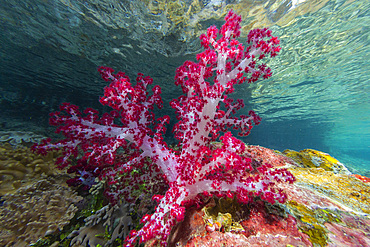
Soft coral from the Genus Scleronephthya in the shallow waters off Waigeo Island, Raja Ampat, Indonesia, Southeast Asia, Asia

Soft coral from the Genus Scleronephthya in the shallow reefs off Sauwaderek Village Reef, Raja Ampat, Indonesia, Southeast Asia, Asia
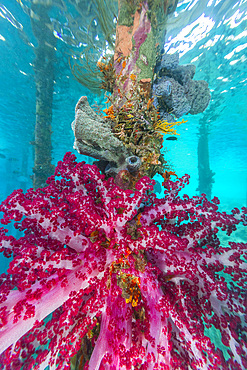
Soft coral from the Genus Scleronephthya in the shallow waters off Arborek Reef, Raja Ampat, Indonesia, Southeast Asia, Asia
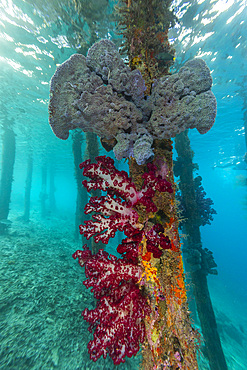
Soft coral from the Genus Scleronephthya in the shallow waters off Arborek Reef, Raja Ampat, Indonesia, Southeast Asia, Asia
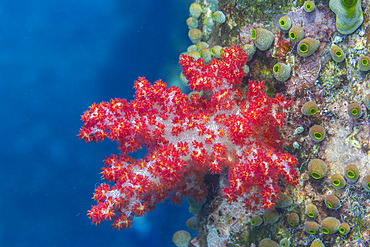
Soft coral from the Genus Scleronephthya in the shallow reefs off Sauwaderek Village Reef, Raja Ampat, Indonesia, Southeast Asia, Asia

Ghost crab, also known as sand crab (genus Ocypode), Parque Nacional dos Lencois Maranhenses, Atins, Lencois Maranhenses, Brazil, South America
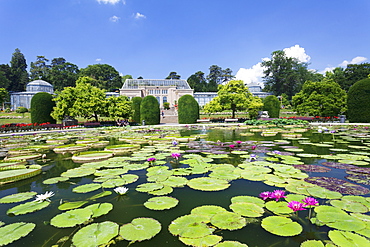
Moorish Garden with water lilies (genus Nymphaea), Wilhelma, Zoo and Botanical Garden, Stuttgart, Baden Wurttemberg, Germany, Europe

Moorish Garden with water lilies (genus Nymphaea), Wilhelma, Zoo and Botanical Garden, Stuttgart, Baden Wurttemberg, Germany, Europe
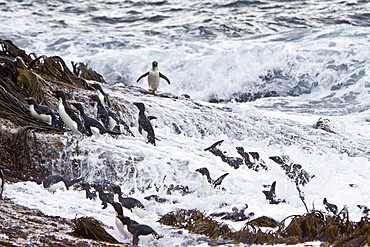
Adult Southern Rockhopper Penguins (Eudyptes chrysocome chrysocome) in the Falkland Islands. This is the smallest yellow-crested, black-and-white penguin in the genus Eudyptes. It reaches a length of 45-58 cm (18-23 in) and typically weighs 2-3.4 kg (4.4-7.5 lb), although there are records of exceptionally large rockhoppers weighing 5 kg (11 lbs). Their common name refers to the fact that unlike many other penguins which negotiate obstacles by sliding on their bellies or by awkward climbing using their flipper-like wings as aid, Rockhoppers will try to jump over boulders and across cracks. This behavior is by no means unique to this species however - at least the other "crested" penguins of the genus Eudyptes hop around rocks too. Southern Rockhopper Penguins have a global population of roughly 1 million pairs, perhaps a bit more. About two-thirds of the global population belongs to E. c. chrysocome which breeds on the Falkland Islands and on islands off Argentina and southern Chile. The Southern Rockhopper Penguin is classified as Vulnerable species by the IUCN.
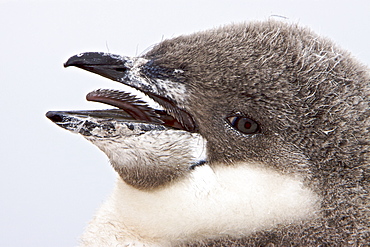
Chinstrap penguin (Pygoscelis antarctica) chick head detail at colony on Useful Island near the Antarctic Peninsula. There are an estimated 2 million breeding pairs of chinstrap penguins in the Antarctic peninsula region alone, perhaps as many as 7.5 million breeding pairs in all of Antarctica. Their name derives from the narrow black band under their heads which makes it appear as if they are wearing black helmets, making them one of the most easily identified types of penguin. Other names for them are "Ringed Penguins", "Bearded Penguins", and "Stonecracker Penguins" due to their harsh call. They grow to 68 cm (27 in). The average adult weight of a Chinstrap Penguin is 4.5 kg (10 lbs). Weight can range from 3 to 6 kg (6.6-13.2 lbs), with males being slightly larger and weight varying based on where the penguin is in the breeding cycle. Their diet consists of krill, shrimp, and fish. On land they build circular nests from stones, and lay two eggs, which are incubated by both the male and the female for shifts of five to ten days. They can also breed on icebergs, though they prefer non-icy conditions. The chicks hatch after about 35 days, and have fluffy gray backs and white fronts. The chicks stay in the nest for 20?30 days before they go to join a creche. At around 50?60 days old, they moult, gaining their adult plumage and go to sea. The Chinstrap Penguin was first described by German naturalist Forster in 1781. Its specific epithet was often seen as antarctica, however a 2002 review determined the genus Pygoscelis was masculine, and hence the correct binomial name is Pygoscelis antarcticus.
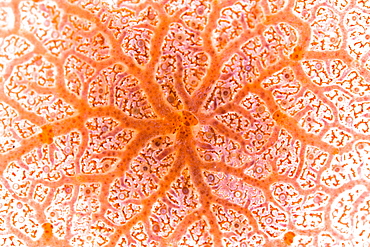
Encrusting sponge, Clathria sp, detail. This genus takes the shape of whatever it begins growing on. Buyat Bay, North Sulawesi, Indonesia, Pacific Ocean.
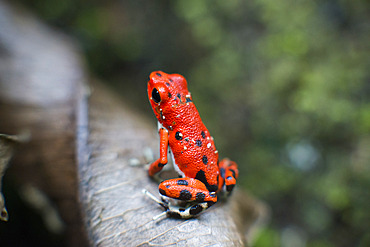
Strawberry Poison Frog (Dendrobates pumilio), adult, Bastimentos National Park, Bocas del Toro, Panama. The strawberry poison frog or strawberry poison-dart frog (Oophaga pumilio or Dendrobates pumilio) is a species of small amphibian poison dart frog found in Central America. It is common throughout its range, which extends from eastern central Nicaragua through Costa Rica and northwestern Panama. The species is often found in humid lowlands and premontane forest, but large populations are also found in disturbed areas such as plantations. The strawberry poison frog is perhaps most famous for its widespread variation in coloration, comprising approximately 15���30 color morphs, most of which are presumed to be true-breeding. O. pumilio, while not the most poisonous of the dendrobatids, is the most toxic member of its genus. The species is most diverse in Panama with varieties in vivid shades of all red, orange, blue, yellow or green, green and yellow, white with red, orange or black and spotted varieties. The most colorful mix is found in Isla Bastimentos Marine National Park though not all in one place. Colors vary by location. A beach on the north side of the island is named after the species. Two of Southern Explorations' Panama tours visit red frog habitat. Both the eight-day Panama Adventure trip and eleven-day Panama Highlights trip spend time in Isla Bastimentos Marine National Park and the former also goes to Red Frog Beach.
The red frog is not as poisonous as some of its cousins and is not a threat to humans. It subsists on a diet of ants that dine on poisonous plants, providing the red frog its protective skin toxin. Males attract females with a loud quick chirp. To hear the distinctive sound before you depart on your Panama tours, go to the University of Michigan Museum's biodiversity website (www.animaldiversity.ummz.umich.edu.) After birth, the tadpoles climb aboard the mother who deposits them in different protected areas where she retu
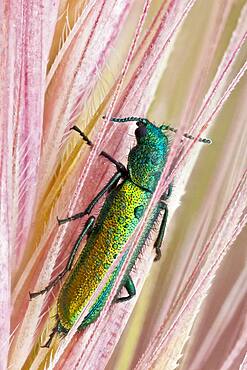
Psilothrix is a genus of soft-winged flower beetles; they are very shy and will throw themselves to the ground if they feel any danger. The colour of this beautiful insect is brilliant metallic blue-green.

Tipula is a very large insect genus in the fly family Tipulidae. They are commonly known as crane flies or daddy longlegs. Worldwide there are well over a thousand species.
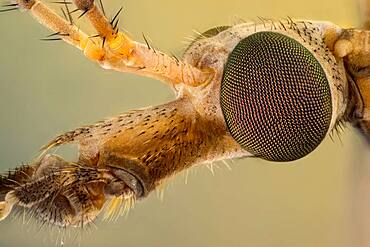
Tipula is a very large insect genus in the fly family Tipulidae. They are commonly known as crane flies or daddy longlegs. Worldwide there are well over a thousand species.
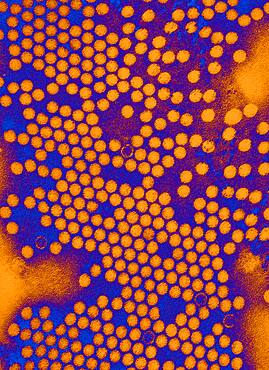
Electron micrograph of the poliovirus. Poliovirus is a species of Enterovirus, which is a genus in the family of Picornaviridae, and is an RNA virus.
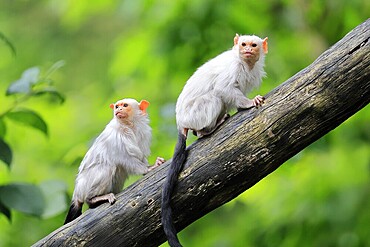
Silver marmoset (Mico argentatus, Syn.: Callithrix argentata), silver marmoset, adult, pair, on tree trunk, alert, South America
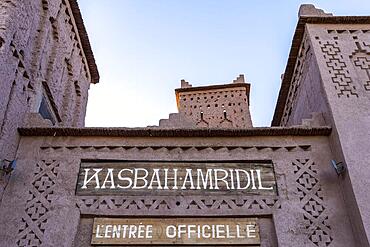
Kasbah Amridil is a historic fortified residence or kasbah in the oasis of Skoura, in Morocco. It is considered among the most impressive kasbahs of its kind in Morocco and was previously featured on the Moroccan 50 dirham note

Polar bear (Ursus maritimus) striding through the snow with her two cubs, Wapusk National Park, Manitoba, Canada, North America
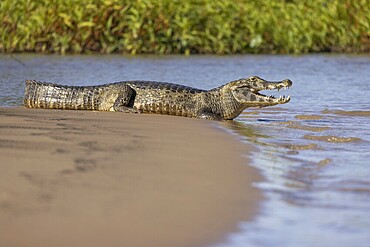
Spectacled caiman (Caiman yacare), lying on a sandbank by the river, Pantanal, Brazil, South America
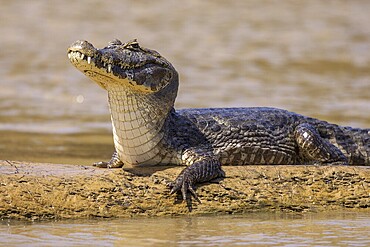
Spectacled caiman (Caiman yacare), lying on a sandbank by the river, portrait, Pantanal, Brazil, South America
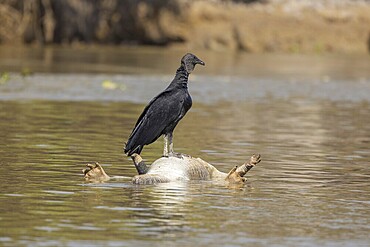
Raven Vulture (Coragyps atratus), on swimming dead Spectacled Caiman (Caiman yacare), Pantanal, Brazil, South America

Kea (Nestor notabilis), Kea sitting on rock, Kepler Track, Fiordland National Park, South Island, New Zealand, Oceania
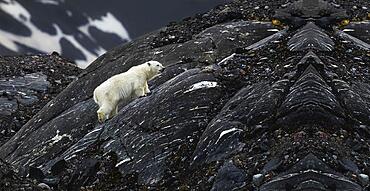
Little polar bear in the mountains, polar bear in Antarctica, polar bear walking in the mountains, Antartica

Two Hazel green colored circle lenses in package, a type of contact lenses to enlarge eyes and change eye color with storage container and cleaning solution on side of blue background with copy space

Mother bear suckling her two cubs, grizzly bear, coastal brown bear (Ursus Arctos middendorfi), Kukak Bay, Katmai National Park, AlaskaGrizzly bear suckling her two cubs, Katmai National Park, Alaska, USA, North America

Mother bear with two cubs, coastal brown bear (Ursus Arctos middendorfi), Kukak Bay, Katmai National Park, Alaska, USA, North America
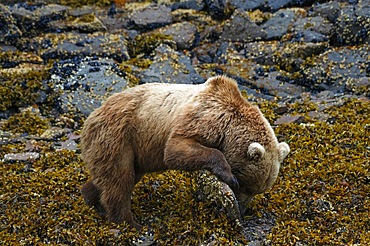
Coastal brown bear (Ursus Arctos middendorfi), grizzly bear lifting rock to look for shells, Katmai National Park, Alaska, USA, North America
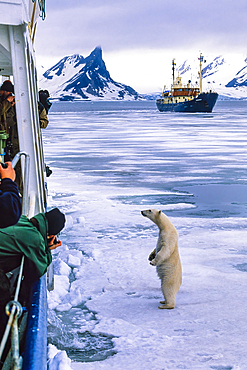
Polar bear standing on the ice by a ship for nature tourism with passengers taking photos in Svalbard, Spitsbergen, Norway, Europe
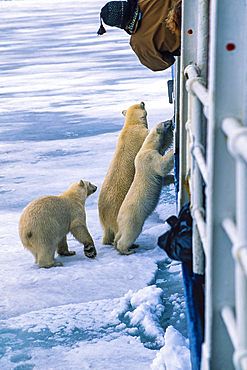
Polar bears (Ursus maritimus) looking for food on a ship with photographing tourist, Svalbard, Norway, Europe
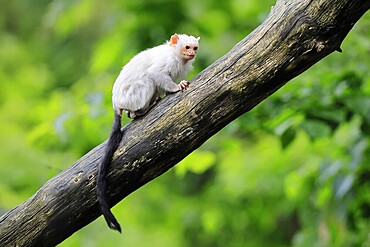
Silver marmoset (Mico argentatus, Syn.: Callithrix argentata), silver marmoset, adult, sitting on tree trunk, alert, South America
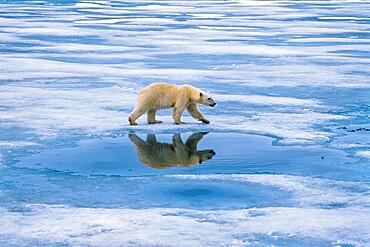
Polar bear (Ursus maritimus) walking on the ice with reflections in the water at Arctic, Svalbard, Spitsbergen, Norway, Europe
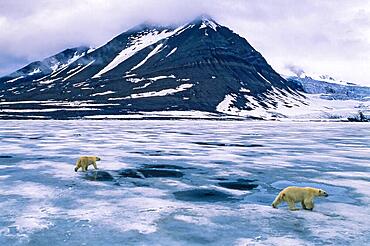
Polar bears (Ursus maritimus) walking on the ice on a fjord in a mountainous landscape in Svalbard, Svalbard, Norway, Europe

Coastal brown bear (Ursus Arctos middendorfi), grizzly bear eating sedge, Katmai National Park, Alaska, USA, North America
